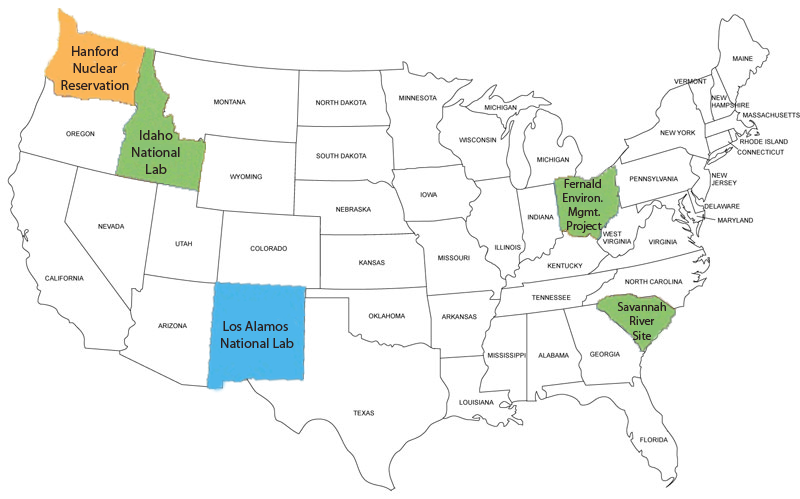Dose Reconstruction Activities and the Cold War
What is Dose Reconstruction?
CDC has examined the public health effects of radiation exposures from many sources including nuclear weapons production sites in the United States where there were radioactive emissions from the 1940s through the 1960s. CDC has worked directly with communities located near these facilities to address concerns about health issues by conducting various public health research activities. Dose reconstruction was one method used to determine possible health effects of radiation exposure to the public in the vicinity of these production sites. Radiation dose reconstruction is a process that is used to determine past releases of radiological materials, the dose or amount of radiation received by persons in the vicinity, and the possible health effects of the radioactive substances on those persons. Much of the work at these sites has been completed, however there are still communities where ongoing assistance is needed. The map below provides a listing of the sites.
Dose Reconstruction Process
- Gather information about area of radiation exposure and assess data
- Identify pathways of internal and external exposure
- Determine methods of calculation to estimate screening doses and exposures
- Develop methods to assess and estimate environmental doses
- Determine risk of environmental exposures through selected calculation method
- Document reconstruction procedures and results
- Page last reviewed: January 2, 2014
- Page last updated: August 19, 2010
- Content source:


 ShareCompartir
ShareCompartir
